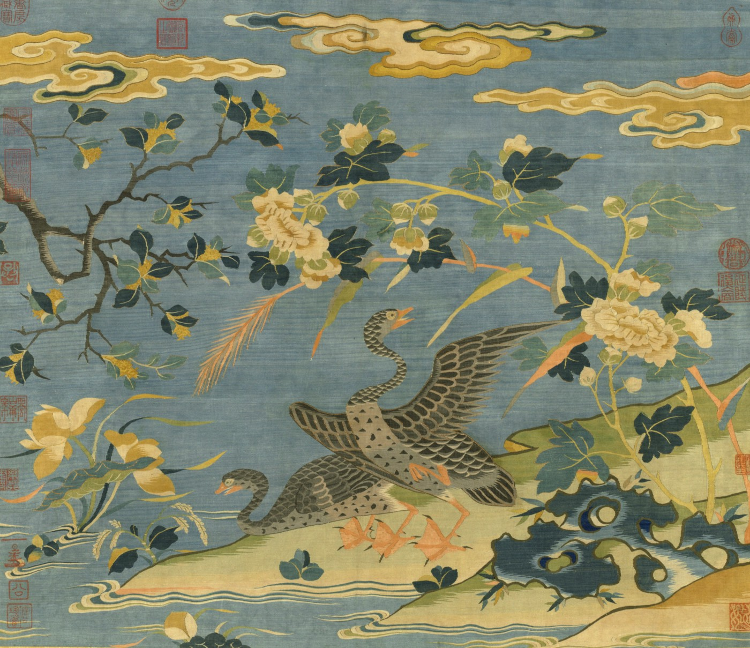

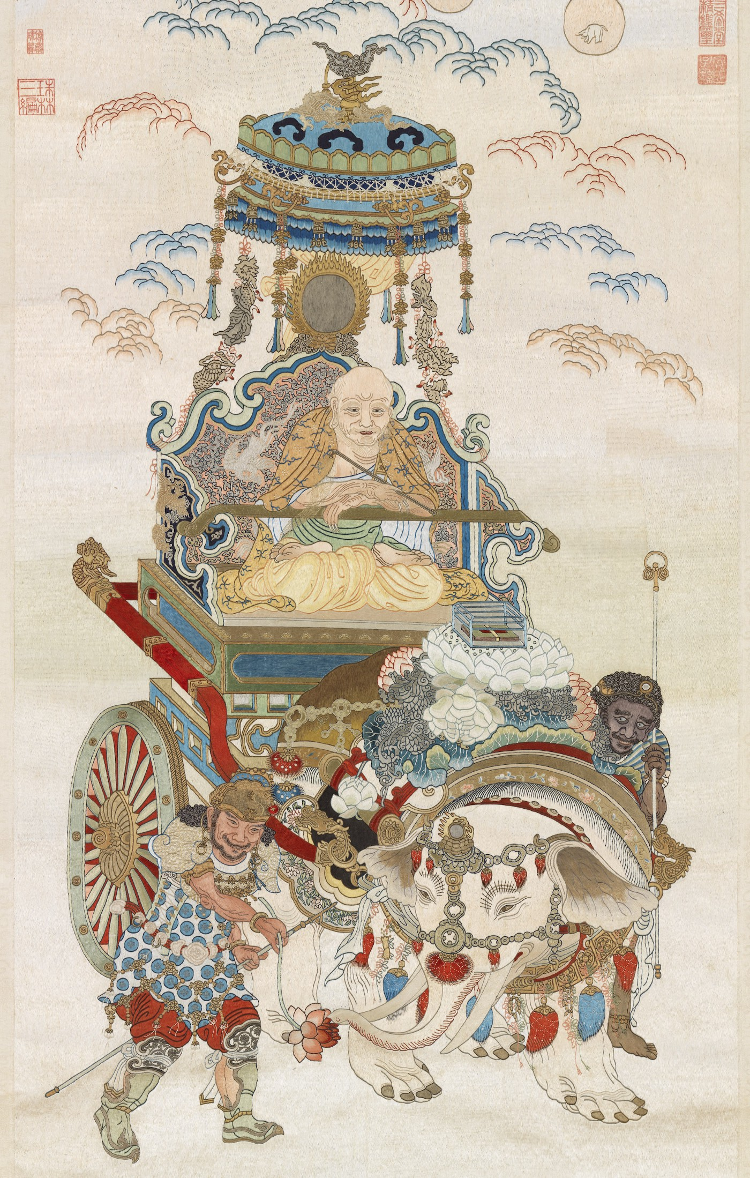
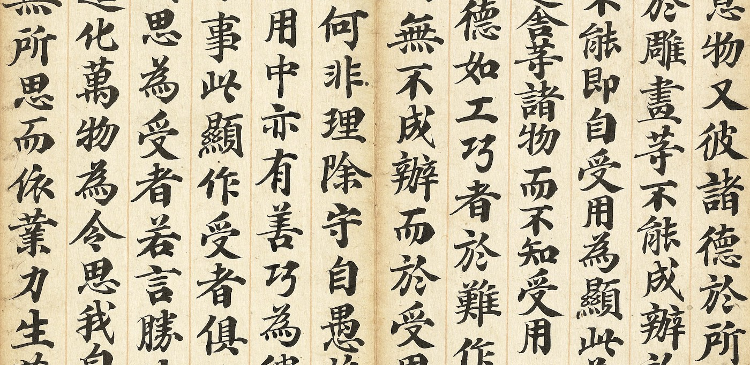
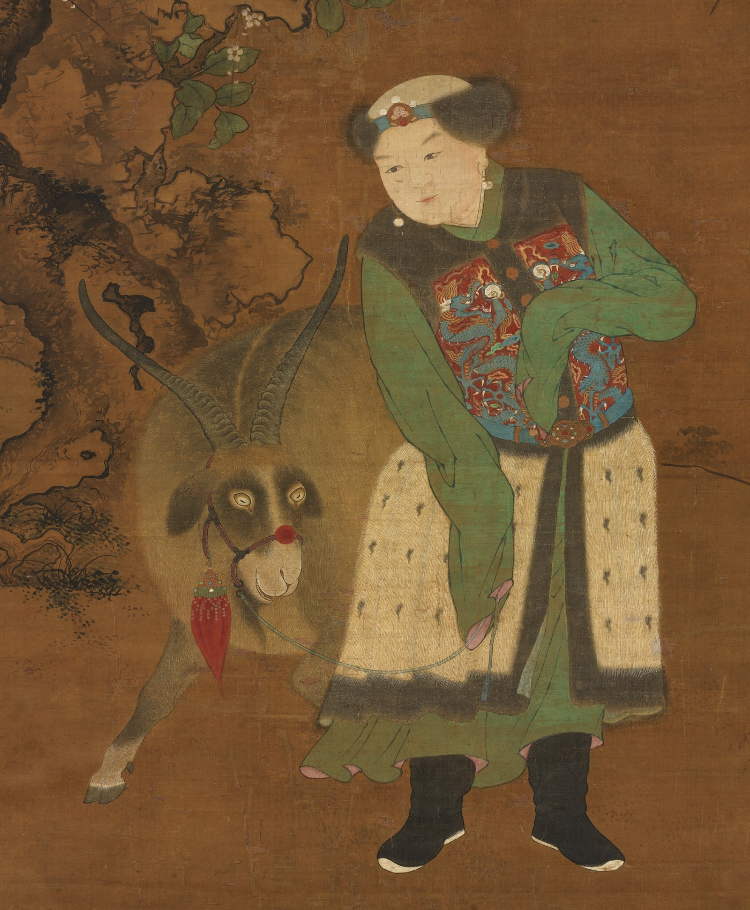
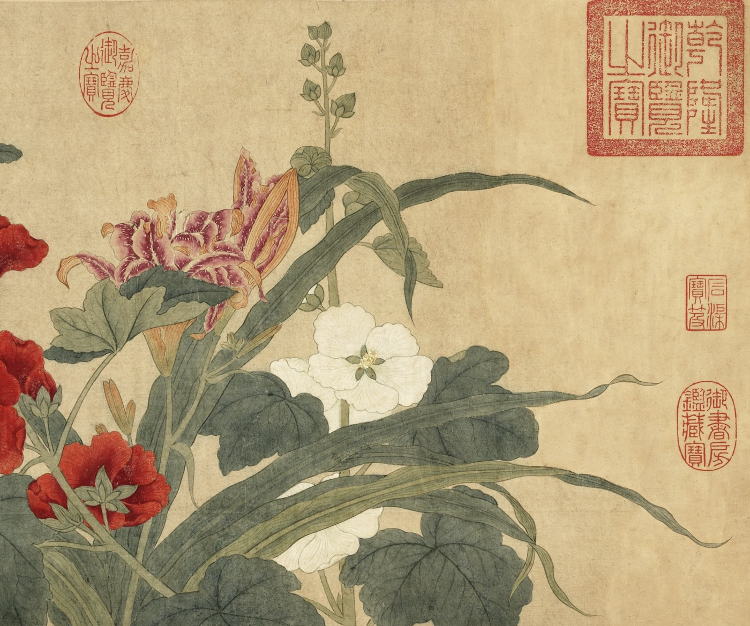
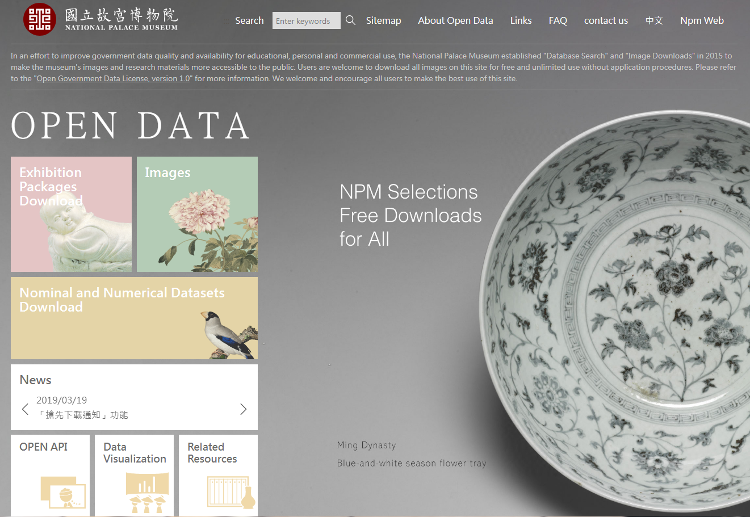
Hibiscus With Wild Geese, silk tapestry, Song dynasty (960–1279). National Palace Museum, Open Government Data Licence
Taiwan’s National Palace Museum has a permanent collection of nearly 700,000 ancient Chinese imperial artifacts and artworks, encompassing 8,000 years of Chinese art from the Neolithic age to today.
In 2015, the Museum adopted open data policies to make its collections images and research materials more accessible to the public. Assistant Research Fellow Wendy, Wu-Yun, Mao tells us how the policy was developed and what its impact has been.
Hi Wendy, what’s your background and what you do at the museum?
I’m a permanent researcher at the National Palace Museum in Taiwan (NPM). I am a Bachelor in Law and I have an MBA in Intellectual Property Management and before joining NPM, I was an in-house legal and licensing salesperson in a well-known company based in Taiwan and China.
I’m currently the deputy section chief in the Marketing & Licensing Department of NPM. My work encompasses many different aspects of IP management and licensing, and I am the only person at the museum who specialises in this field. Working on NPM’s open access policy is one of my important professional duties.
Can you summarise the Museum’s open access policy for our readers?
Rather than a policy, I would describe it as a “movement” or “revolution” at the museum. Liberalising access to our digital collections led to a paradigm shift in NPM’s wider value proposition and cultural stewardship (both the physical artifacts and derivative works) from protectionism to free culture.
By adopting open access we want to build connections between the museum and the public, to achieve the ultimate goal of museum democracy. Our approach covers a variety of services and resources. It’s not just about offering free images to download. It’s also about making our museum’s services friendlier, for example by allowing photography in the galleries, offering free admission after 4:30 P.M., and so on.
Empowering our audiences to interpret and reuse our collections as they wish is a powerful incentive for people to participate, enjoy and co-create in the museum. We think that all of these measures are gateways to ‘open access’ that help people enjoy NPM in an easier and more welcoming way.
Buddha with the White Elephant (silk tapestry) , Qing dynasty (1636–1911). National Palace Museum, Open Government Data Licence
What inspired the policy and how was it developed?
Our former director Mr. Lin developed the concept of “publicising the NPM”. He argued that, for various historical and cultural reasons, for a long time NPM had little real connection with the citizens of Taiwan. Although NPM has an incredible collection of Chinese artifacts and has been acclaimed as one of the greatest museums in the world, its influence, degree of support and local recognition were lower than those of, say, the Louvre or the British Museum.
Mr. Lin believed that the main reason for this was that NPM was not open enough to the general public. So, upon his inauguration, he established “publicisation” (open access) as the main policy direction. Here are some of Mr. Lin’s thoughts on the “publicisation of NPM” (taken from the museum’s 2016 annual report):
‘In addition to fostering public use of artifacts and facilities, museum publicisation includes the public’s right to interpret cultural artificacts. The public has the right to participate, create and enjoy the museum’s research, collection and exhibitions. Through new artifact research and interpretation as well as changes in curatorial concepts and approach of exhibition dialogues, the meaning of NPM’s ancient artifacts in a new age as well as a new emotional connection with a modern audience have been created.’
The Museum uses the Taiwanese Open Government Data Licence for its data. Why was this legal tool chosen (rather than a Creative Commons licence or waiver)?
The National Palace Museum is under the supervision of the Executive Yuan and, before NPM launched its open access policy, the Executive had already enacted the Open Government Data Licence across its portfolio. Therefore, to comply with this regulatory context, NPM chose the Open Government Data Licence as the legal tool for its Open Data platform.
The only requirement that NPM places on its open images is that correct attribution to NPM is given when images are used. The Open Government Data Licence is compatible with the Creative Commons CC BY 4.0 International licence (see Article 4.2 of Open Government Data Licence for details).
With this licence compatibility in place, and to meet the expectations of our legislature, NPM is now trying to modify its open licensing regime to allow direct use of Creative Commons licences. We’re also looking at way to releasing our images in greater number and at higher quality, and to optimise the searching and browsing experiences we currently offer.
Shang Kang Min, Calligraphy of the Buddhist Scriptures (detail), Song dynasty (960–1279). National Palace Museum, Open Government Data Licence
How has the museum promoted its open data policy?
We have held many events to promote the policy. For example, we ran an unprecedented crossover event that combined a runway fashion show, DJ set, street dance and hip-hop with art resources coming from NPM’s open data platform:
Hip Hop Night at National Palace Museum’, AGI CHEN Studio, 2019
In addition to this, we’ve run competitions inviting participants to use open images to design new products, and we helped the winners commercialise their creations. We also held hackathons (in 2017 and 2018) using our open images and API.
Many institutions struggle to balance open access with pressures to generate income from digital collections. Is that relevant to your museum?
It has some relevance but it’s not a big issue because NPM’s budget comes from a central government grant, rather than self-funding. Congressmen set annual revenue generation targets for NPM but if we fail to reach these goals, only explanatory reports need to be submitted, which is not so difficult for the employees.
To put it more clearly, NPM’s revenue flows into the national treasury every year. The more we contribute to the national treasury, the more likely it is that we will receive higher budget. But the sources of NPM’s income vary greatly, from entrance tickets to creative product sales. Revenue from our digital collections is relatively low and this reduces the importance of this topic in the context of our open access policymaking.
Guo Si, Playing With a Goat, Song Dynasty (960–1279). National Palace Museum, Open Government Data Licence
How does the Museum’s open access policy serve its core mission and public? (e.g. scholarly publication, public programmes, Open Educational Resources)
As NPM’s resources come from the national budget, funded by Taiwanese taxpayers, we believe that people are entitled to use them in the easiest and friendliest way. We also extend this philosophy to global citizens: everyone can use NPM’s open resources free of charge, regardless of their nationality and identity.
We hope this will inspire people’s creativity and, in time, enlarge NPM’s influence in the world. So apart from requesting attribution, we don’t set limitations on the usage of our open resources. Any and all types of reuse, whether commerical or non-commercial, are encouraged.
Do you publish open data on other platforms?
Personally, I have strongly advocated the sharing of our open images to well-known platforms such as Wikimedia Commons, Flickr and Pinterest. I have written an academic article on this which is under discussion at NPM, so I hope this will happen soon.
Symbols of Loyalty and Filiality, Song Dynasty (960–1279). National Palace Museum, Open Government Data Licence
Who are the open access influencers in Taiwan?
NPM’s position and characteristics are unique in Taiwan so we tend to look abroad for inspiration and examples of good practice. I’ve studied the open strategies of several GLAMs and the approach of the Rijksmuseum is probably my favourite. The Rijksmuseum is really proactive in sharing its story with the world, and it documents its policies and open access practice really well.
What are you working on now that our readers should know about?
Currently the major project I’m working on is copyright clearance of our publications. This is the first time that we’ve tried to thoroughly check every element of the articles in our publications to ensure that there are no copyright issues. It’s a time-consuming but vital task that will enable further release of those publications. Copyright analysis and clearance are, of course, crucial to the successful operation of open access policies.
Explore the National Palace Museum’s open data platform:
National Palace Museum’s open data platform
Please cite this article as follows:
Wendy, Wu-Yun, Mao and Douglas McCarthy, ‘Open for the World — open access at Taiwan’s National Palace Museum’, 2020 (Medium)
Some rights reserved CC BY.
Dịch: Lê Trung Nghĩa
Ý kiến bạn đọc
Những tin mới hơn
Những tin cũ hơn
Blog này được chuyển đổi từ http://blog.yahoo.com/letrungnghia trên Yahoo Blog sang sử dụng NukeViet sau khi Yahoo Blog đóng cửa tại Việt Nam ngày 17/01/2013.Kể từ ngày 07/02/2013, thông tin trên Blog được cập nhật tiếp tục trở lại với sự hỗ trợ kỹ thuật và đặt chỗ hosting của nhóm phát triển...
 Loạt bài về AI và AI Nguồn Mở: Công cụ AI; Dự án AI Nguồn Mở; LLM Nguồn Mở; Kỹ thuật lời nhắc;
Loạt bài về AI và AI Nguồn Mở: Công cụ AI; Dự án AI Nguồn Mở; LLM Nguồn Mở; Kỹ thuật lời nhắc;
 Các bài trình chiếu trong năm 2024
Các bài trình chiếu trong năm 2024
 Tập huấn thực hành ‘Khai thác tài nguyên giáo dục mở’ cho giáo viên phổ thông, bao gồm cả giáo viên tiểu học và mầm non tới hết năm 2024
Tập huấn thực hành ‘Khai thác tài nguyên giáo dục mở’ cho giáo viên phổ thông, bao gồm cả giáo viên tiểu học và mầm non tới hết năm 2024
 Các lớp tập huấn thực hành ‘Khai thác tài nguyên giáo dục mở’ tới hết năm 2024
Các lớp tập huấn thực hành ‘Khai thác tài nguyên giáo dục mở’ tới hết năm 2024
 Các tài liệu dịch sang tiếng Việt tới hết năm 2024
Các tài liệu dịch sang tiếng Việt tới hết năm 2024
 ‘Digcomp 2.2: Khung năng lực số cho công dân - với các ví dụ mới về kiến thức, kỹ năng và thái độ’, EC xuất bản năm 2022
‘Digcomp 2.2: Khung năng lực số cho công dân - với các ví dụ mới về kiến thức, kỹ năng và thái độ’, EC xuất bản năm 2022
 Tổng hợp các bài của Nhóm các Nhà cấp vốn Nghiên cứu Mở (ORFG) đã được dịch sang tiếng Việt
Tổng hợp các bài của Nhóm các Nhà cấp vốn Nghiên cứu Mở (ORFG) đã được dịch sang tiếng Việt
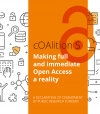 Tổng hợp các bài của Liên minh S (cOAlition S) đã được dịch sang tiếng Việt
Tổng hợp các bài của Liên minh S (cOAlition S) đã được dịch sang tiếng Việt
 Năm Khoa học Mở & Chuyển đổi sang Khoa học Mở - Tổng hợp các bài liên quan
Năm Khoa học Mở & Chuyển đổi sang Khoa học Mở - Tổng hợp các bài liên quan
 Hội nghị Đối tác Dữ liệu Mở châu Á năm 2021 do Việt Nam lần đầu tiên chủ trì
Hội nghị Đối tác Dữ liệu Mở châu Á năm 2021 do Việt Nam lần đầu tiên chủ trì
 Phong trào Bình dân học vụ số: Mục tiêu, đối tượng, nội dung, nguồn lực, phương thức tổ chức thực hiện
Phong trào Bình dân học vụ số: Mục tiêu, đối tượng, nội dung, nguồn lực, phương thức tổ chức thực hiện
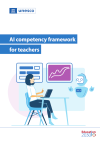 Khung năng lực AI cho giáo viên
Khung năng lực AI cho giáo viên
 Bạn cần biết những gì về các khung năng lực AI mới của UNESCO cho học sinh và giáo viên
Bạn cần biết những gì về các khung năng lực AI mới của UNESCO cho học sinh và giáo viên
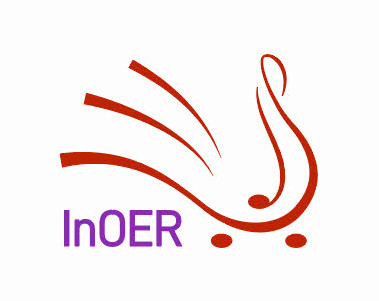 Lễ công bố công khai Trung tâm Năng lực Kim cương châu Âu và dự án ALMASI
Lễ công bố công khai Trung tâm Năng lực Kim cương châu Âu và dự án ALMASI
 Bàn về 'Lợi thế của doanh nghiệp Việt là dữ liệu Việt, bài toán Việt' - bài phát biểu của Bộ trưởng Nguyễn Mạnh Hùng ngày 21/08/2025
Bàn về 'Lợi thế của doanh nghiệp Việt là dữ liệu Việt, bài toán Việt' - bài phát biểu của Bộ trưởng Nguyễn Mạnh Hùng ngày 21/08/2025
 Ngày Phần mềm Tự do, Ngày Phần cứng tự do, Ngày Tài liệu Tự do
Ngày Phần mềm Tự do, Ngày Phần cứng tự do, Ngày Tài liệu Tự do
 ‘Khung năng lực AI cho giáo viên’ - bản dịch sang tiếng Việt
‘Khung năng lực AI cho giáo viên’ - bản dịch sang tiếng Việt
 Các tài liệu dịch sang tiếng Việt tới hết năm 2024
Các tài liệu dịch sang tiếng Việt tới hết năm 2024
 Các bài trình chiếu trong năm 2024
Các bài trình chiếu trong năm 2024
 Ứng dụng và phát triển Tài nguyên Giáo dục Mở (OER) tại Việt Nam
Ứng dụng và phát triển Tài nguyên Giáo dục Mở (OER) tại Việt Nam
 Mark Zuckerberg: DeepSeek cho thấy vì sao nước Mỹ phải là ‘tiêu chuẩn nguồn mở toàn cầu’ của AI; không có lý do gì để suy nghĩ lại về việc chi tiêu
Mark Zuckerberg: DeepSeek cho thấy vì sao nước Mỹ phải là ‘tiêu chuẩn nguồn mở toàn cầu’ của AI; không có lý do gì để suy nghĩ lại về việc chi tiêu
 DeepSeek đã gây ra sự hoảng loạn trên thị trường — nhưng một số người cho rằng việc bán tháo là quá mức
DeepSeek đã gây ra sự hoảng loạn trên thị trường — nhưng một số người cho rằng việc bán tháo là quá mức
 Nhà khoa học AI hàng đầu của Meta cho biết thành công của DeepSeek cho thấy 'các mô hình nguồn mở đang vượt trội hơn các mô hình độc quyền'
Nhà khoa học AI hàng đầu của Meta cho biết thành công của DeepSeek cho thấy 'các mô hình nguồn mở đang vượt trội hơn các mô hình độc quyền'
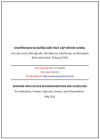 ‘KHUYẾN NGHỊ VÀ HƯỚNG DẪN TRUY CẬP MỞ KIM CƯƠNG cho các cơ sở, nhà cấp vốn, nhà bảo trợ, nhà tài trợ, và nhà hoạch định chính sách’ - bản dịch sang tiếng Việt
‘KHUYẾN NGHỊ VÀ HƯỚNG DẪN TRUY CẬP MỞ KIM CƯƠNG cho các cơ sở, nhà cấp vốn, nhà bảo trợ, nhà tài trợ, và nhà hoạch định chính sách’ - bản dịch sang tiếng Việt
 “Chúng tôi không có hào nước”: Sự đổi mới đột phá của AI nguồn mở
“Chúng tôi không có hào nước”: Sự đổi mới đột phá của AI nguồn mở
 50 công cụ AI tốt nhất cho năm 2025 (Đã thử và kiểm nghiệm)
50 công cụ AI tốt nhất cho năm 2025 (Đã thử và kiểm nghiệm)
 Dữ liệu để phân loại AI
Dữ liệu để phân loại AI
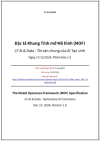 ‘Đặc tả Khung Tính mở Mô hình (MOF)’ của LF AI & Data - Tài sản chung của AI Tạo sinh - bản dịch sang tiếng Việt
‘Đặc tả Khung Tính mở Mô hình (MOF)’ của LF AI & Data - Tài sản chung của AI Tạo sinh - bản dịch sang tiếng Việt
 UNESCO dành Ngày Giáo dục Quốc tế 2025 cho Trí tuệ nhân tạo
UNESCO dành Ngày Giáo dục Quốc tế 2025 cho Trí tuệ nhân tạo
 AI trong TVET - Một vài gợi ý triển khai trong thực tế
AI trong TVET - Một vài gợi ý triển khai trong thực tế